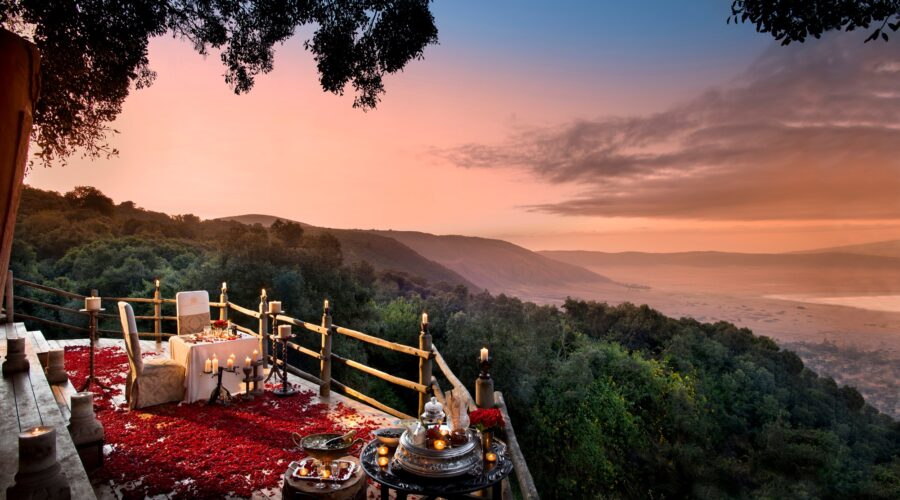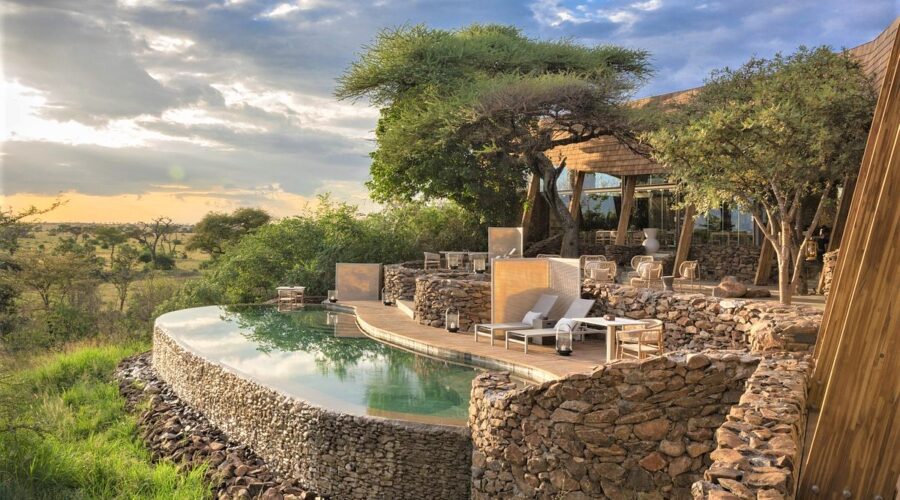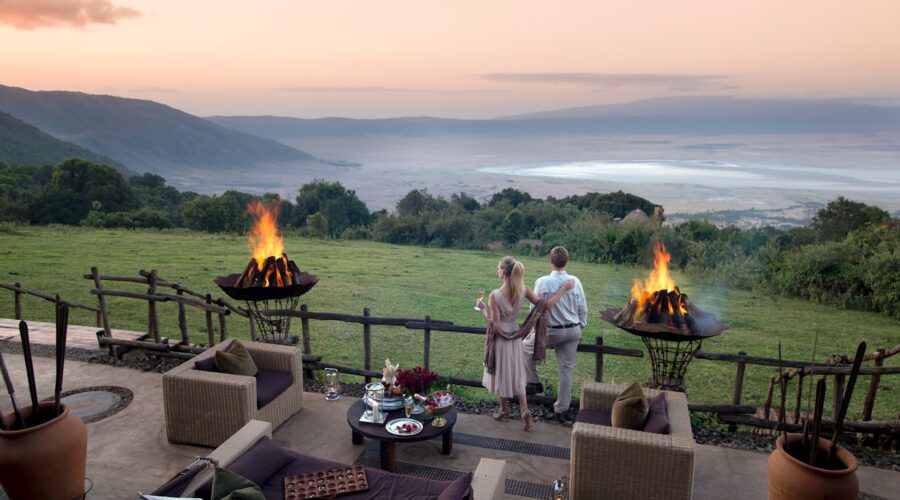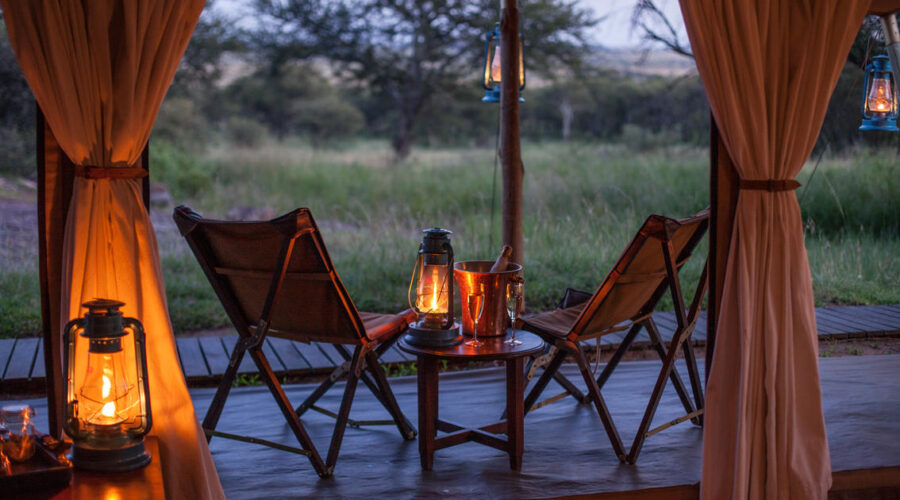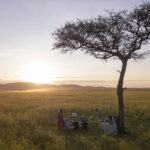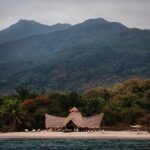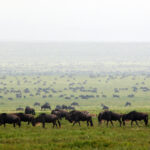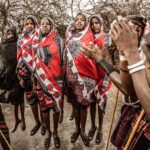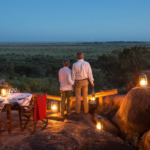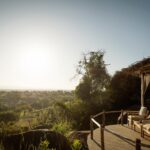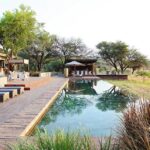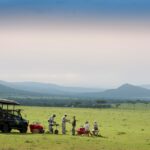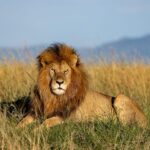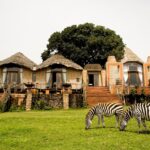Embarking on a Seasonal African Safari is a dream for many travelers, offering an unparalleled experience of witnessing wildlife in its natural habitat amidst the stunning landscapes of Africa. It’s a once-in-a-lifetime experience that appeals to those who want to view the Big Five up close, experience the excitement of an early morning game drive, and take in the peace of African sunsets. But when it comes to organizing the ideal safari, time is of the essence. Every season has its own set of advantages and disadvantages that impact everything, from the visibility of animals to the availability of lodging and even the kinds of experiences that are possible.
To know more about seasonal African safari, Paul Tours Safari is the suitable option for you. Based on the area, the particular animal occurrences, and the experiences you hope to have, we’ll go over the ideal dates to schedule your African safari in this article. Let’s start:
What Is Tanzania’s Ideal Time of Year to Visit?
Tanzania’s dry season, which runs from late June to October, is the ideal time to go on a safari. Tanzania experiences two different rainy seasons: the “long rains” in April and May and the “short rains” in November and December. The “long rains” in the nation typically result in afternoon tropical downpours, which may force certain safari sites to close. The “short rains” occasionally bring light precipitation.
Most Tanzanian safari locations have warm days and chilly nights all year long. The country’s Indian Ocean coast and lakeside areas are hot and muggy, yet temperatures on Mount Kilimanjaro and Mount Meru can drop below freezing.
The ideal time to go on a seasonal African safari in Tanzania depends on your travel goals and the sights you hope to see. Many consider the dry season the best time for first-time safari visitors to easily locate wildlife. Whether this is your first trip to Tanzania or not, knowing the distinction between the peak and low seasons for safaris is a fantastic place to start.
A Month-by-Month Travel Guide to Tanzania:
-
Visiting Tanzania between January and March
- January: If you’re looking for a tropical beach vacation, January is one of the best months to go to Tanzania’s coastline. When you vacation in Zanzibar, you enjoy blue oceans, soft sand beaches, and complete relaxation. To give birth to their calves, the herds of wildebeests often migrate toward the southern Serengeti during the first month of the year.
- February: It is hot and muggy, marking the beginning of the calving season when hundreds of wildebeest give birth to their young as raptors wait in the wings. During this time, almost 500,000 wildebeest calves are born. A plethora of new life is emerging on the plains, making their wobbly first steps.
- March: Tanzania experiences severe heat in March, with dry weather early in the month—though in past years, the “long rains” have arrived early. In summer, the dark earth starkly contrasts with the vibrant green surroundings. The late afternoon brings brief, intense rains to the Ngorongoro Highlands, while the mornings remain mild. March is regarded as prime as well.
-
Visiting Tanzania in April and May
- April is the wettest month of the year by far. Although the rains usually fall in the form of afternoon thunderstorms, there are often large storms during the night as well as a lot of overcast days. Although the humidity in the western and southern parks is at its maximum during the year, if you choose to travel during this period, Tanzania tours and lodgings are very affordable.
- May: Although May is still quite wet at the beginning, the dry season officially begins in June, so by the end of the month, things are starting to dry out. The Great Migration is traveling from the southern Serengeti to the western corridor throughout this month.
-
Visiting Tanzania from June to August:
- June: It is regarded as the ideal month of the year to travel to Tanzania for luxury safaris because it is dry and bustling. The rains are over, the savannahs are beginning to turn yellow, and as the foliage gradually withers away, it becomes easier to see wildlife. The migration of wild animals may have halted at the Grumeti River, allowing them to increase in population before attempting their daring crossings.
- July: The best time to visit Tanzania for great weather, plenty of wildlife viewing possibilities, and to combine a safari in Kenya and Tanzania is in July when the country’s busiest safari season begins. By now, the Great Migration should have moved into the northern Serengeti, preparing for its grand finale—crossing the dangerous Mara River into Kenya. Discover more about a safari in Kenya versus Tanzania by reading on.
- August: It is still considered peak season, with tourist crowds flocking to the northern safari circuit (Tarangire, Ngorongoro Crater, and Serengeti) and Zanzibar. There is incredible wildlife watching, and the Great Migration herds should have begun crossing the Mara River by now.
-
Visiting Tanzania in September and October
- September: It is a month when the tourist rush starts to thin down and the rainy season continues, which means that the humidity is low and the mosquito population is reduced. In September, hikers hoping to summit Kilimanjaro will have excellent conditions for seeing large herds of elephants, which can be found in large numbers in the Tarangire National Park. In addition, the vast lake regions of Tanzania are entering their fishing season this month.
- October: When October arrives, the first rains and the formation of thunderstorms are both noticeable. It is the ideal time to visit Tanzania’s Mahale Mountains National Park to see chimpanzees, and this is also the warmest month to visit Lake Tanganyika. This month in Arusha National Park is ideal if you wish to climb Mount Meru.
-
Visiting Tanzania in November and December
- November: It is possibly one of the most underrated months for a safari in Tanzania. There will be rain, but it will mostly just be light afternoon thunderstorms. Although wildlife watching in Tanzania’s northern parks is normally excellent throughout the year, now is a terrific time to explore some lesser-known locations.
- December: It often starts quieter than the two weeks surrounding Christmas and New Year’s Day since it falls in the middle of the “short rains.” Particularly at the Tarangire and Nyerere National Parks, December is the ideal month to go birdwatching as the migratory species begin to arrive. Back on the short grass plains of the southern Serengeti, the Great Migration has established itself. This is the perfect time of year for a Tanzanian Serengeti safari to see the feasting of the animals before they give birth and start their yearly circle of life.
Conclusion:
Your desired experiences will determine the ideal time to schedule seasonal African safari. Africa has something for every type of tourist, whether it’s the excitement of seeing the Great Migration, the peace of a less congested rainy season, or the well-rounded experience of the shoulder season. You can make sure your safari experience is both remarkable and precisely tailored to your tastes by learning about the seasons and making plans accordingly. To help customize the ideal Tanzanian vacation for you, get in contact with their Africa Safari Experts.

